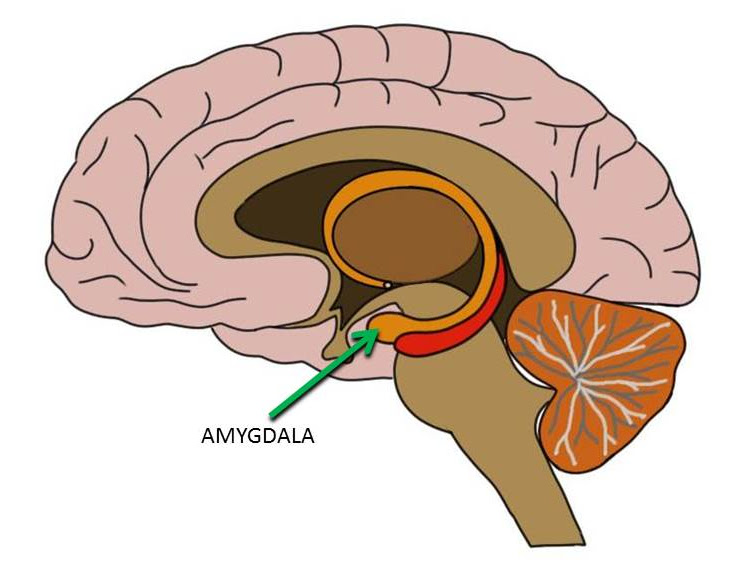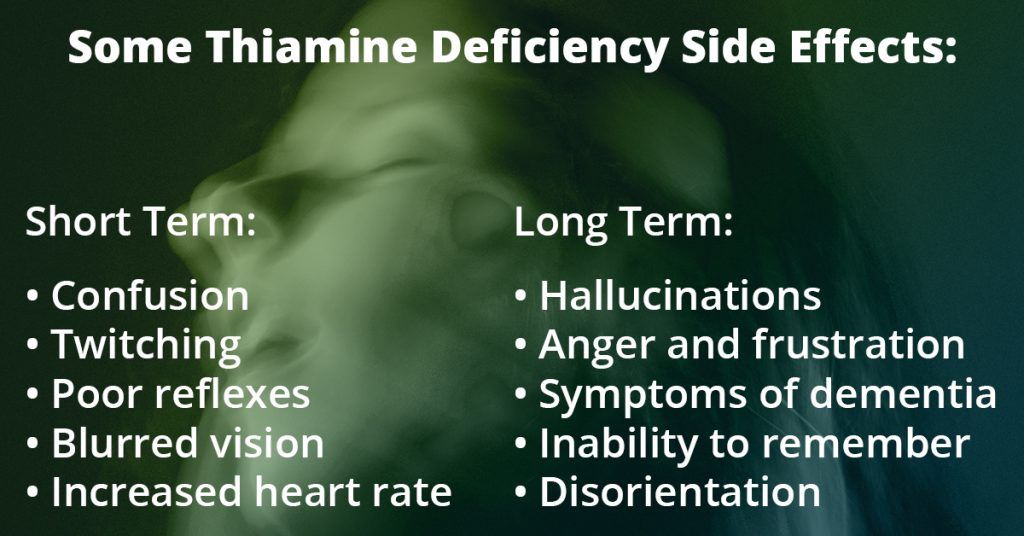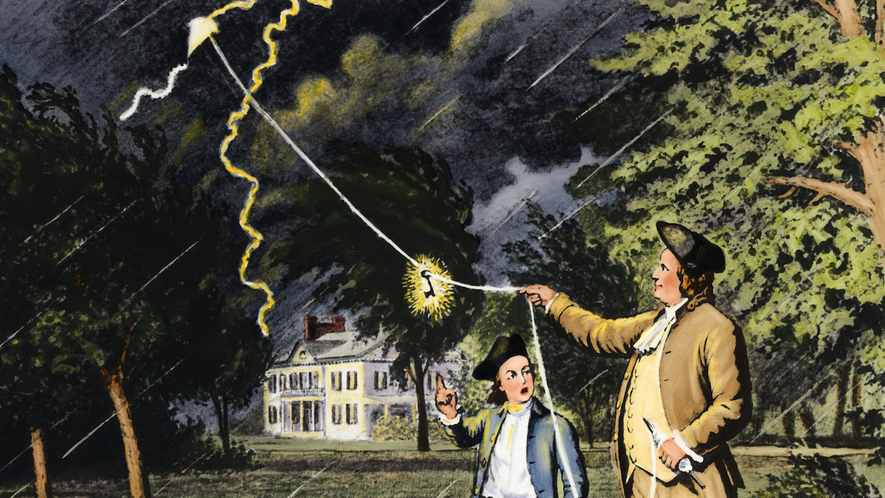This Step talks about powerlessness and unmanageability in an addict/alcoholics life.
(DOUBLE JEOPARDY IF YOU CAN RECITE THE STEP)
What is Step 1?
Step 1: We admitted we were powerless over alcohol/drugs—that our lives had become unmanageable.
Chemical messengers in the brain, like Dopamine and Serotonin, are called...
What are Neurotransmitters?
Neurotransmitters are often referred to as the body's chemical messengers. They are the molecules used by the nervous system to transmit messages between neurons, or from neurons to muscles.
He was the Baywatch Boozer.
Who is David Hasselhoff?

This is how Peter Parker became Spiderman.
What is, bitten by a radioactive spider?

Qi and Meridians are part of this age-old healing practice of traditional Chinese medicine.
What is Acupuncture?
More than 3 million Americans use acupuncture, but it is even more popular in other countries.

This Step talks about carrying the message of Recovery to other addicts and alcoholics.
(DOUBLE JEOPARDY IF YOU CAN RECITE THE STEP)
What is Step 12?
Step 12: Having had a spiritual awakening as the result of these Steps, we tried to carry this message to alcoholics, and to practice these principles in all our affairs.
This part of the brain is responsible for planning, organization, logical thinking, reasoning, and managing emotions.
What is the Frontal Lobe? (prefrontal cortex also acceptable)
This is the part you will hear about most regarding the expression and regulation of emotions and behaviors.

This is the most common chemical addiction among celebrities.
What is alcohol?
At 64%, alcohol is the most prevalent addiction among stars.
In the Peanuts Cartoon (starring Charlie Brown and Snoopy), this is the name of the boy who plays the piano?
Who is Schroeder?

This is what CBT stands for and also how it works.
What is Cognitive Behavioral Therapy?
CBT is based on the concept that your thoughts, feelings, physical sensations and actions are interconnected, and that negative thoughts and feelings can trap you in a vicious cycle. CBT aims to help you deal with overwhelming problems in a more positive way by breaking them down into smaller parts.
This Step talks about being restored to sanity.
(DOUBLE JEOPARDY IF YOU CAN RECITE THE STEP)
What is Step 2?
Step 2: Came to believe that a Power greater than ourselves could restore us to sanity.
Name 3 illnesses or diseases that can be brought on by heavy drinking.
What are jaundice, pancreatitis, wet brain, DT's, alcoholic hepatitis, etc.

This Classic 60's Rock icon sang about "foxy ladies"
Who was Jimi Hendrix?
On September 18, 1970, American musician Jimi Hendrix died in London at the age of 27. One of the 1960s' most influential guitarists, he reportedly asphyxiated on his own vomit while intoxicated on Barbiturates.

This is who Lady Diana Spencer married on July 29, 1981.
Who was Prince Charles?
With the passing of Queen Elizabeth, he is now King Charles III.

A group of physical, mental, and spiritual practices and poses which originated in ancient India. It is one of the six orthodox philosophical schools of Hinduism.
What is Yoga?

This step talks about the importance of prayer and meditation.
(DOUBLE JEOPARDY IF YOU CAN RECITE THE STEP)
What is Step 11?
Step 11: Sought through prayer and meditation to improve our conscious contact with God, as we understood Him, praying only for knowledge of His will for us and the power to carry that out.
The amygdala (in the Limbic System) automatically activates one of two responses when a threat is perceived.
What is fight or flight?

His Bass player is Flea.
Who is Anthony Kiedis?
Kiedis got sober in 2000 and has been in recovery ever since. Throughout his time in addiction and sobriety, he has been open about his struggles and the work it takes to stay sober.

These are the Presidents depicted at Mount Rushmore...
Who are U.S. Presidents George Washington, Thomas Jefferson, Theodore Roosevelt and Abraham Lincoln?

Name 5 triggers that you will need to be careful of when you leave treatment.
Ex: Old hangouts, former using/drinking associates, H.A.L.T., grief and loss, depression.
This Step talks about being ready to have our character defects removed from our lives.
(DOUBLE JEOPARDY IF YOU CAN RECITE THE STEP)
What is Step 6?
Step 6: Were entirely ready to have God remove all these defects of character.
Wernicke-Korsakoff syndrome, a brain disorder that is often a result of acute and chronic alcoholism, is also known as this...
What is "Wet Brain"
An acute and chronic vitamin B1 (thiamine) deficiency, seen in individuals with poor nutrition and is a common complication of long-term heavy drinking. Wet Brain can lead to irreversible confusion, difficulty with muscle coordination, and even hallucinations.

This well-known American scientist, politician, writer, and inventor was famous for flying a kite, but not as well known for his alcohol and opioid addictions.
Who is Benjamin Franklin?

Franklin struggled with alcohol and opioid abuse throughout his lifetime and discussed his addiction throughout his writings. Franklin’s doctor prescribed laudanum to help with the pain. He died at the end of 1790 still struggling with substance abuse. Note: Laudanum is prepared by dissolving extracts from the opium poppy in alcohol.
This was the dessert Zombie hunter Woody Harrelson hunted for in the movie Zombieland to satisfy his sweet tooth.
What are Twinkies?
PAWS is an abbreviation for... This is what it means...
What is Post-Acute Withdrawal Syndrome?
While acute, physical withdrawal refers primarily to the body's process of healing at the onset of sobriety, a second phase of withdrawal symptoms, known as post-acute withdrawal syndrome, or PAWS, occurs as the brain recalibrates after active addiction. These symptoms, unlike the first stage of acute withdrawal, typically involve more of the psychological and emotional aspects of withdrawal.